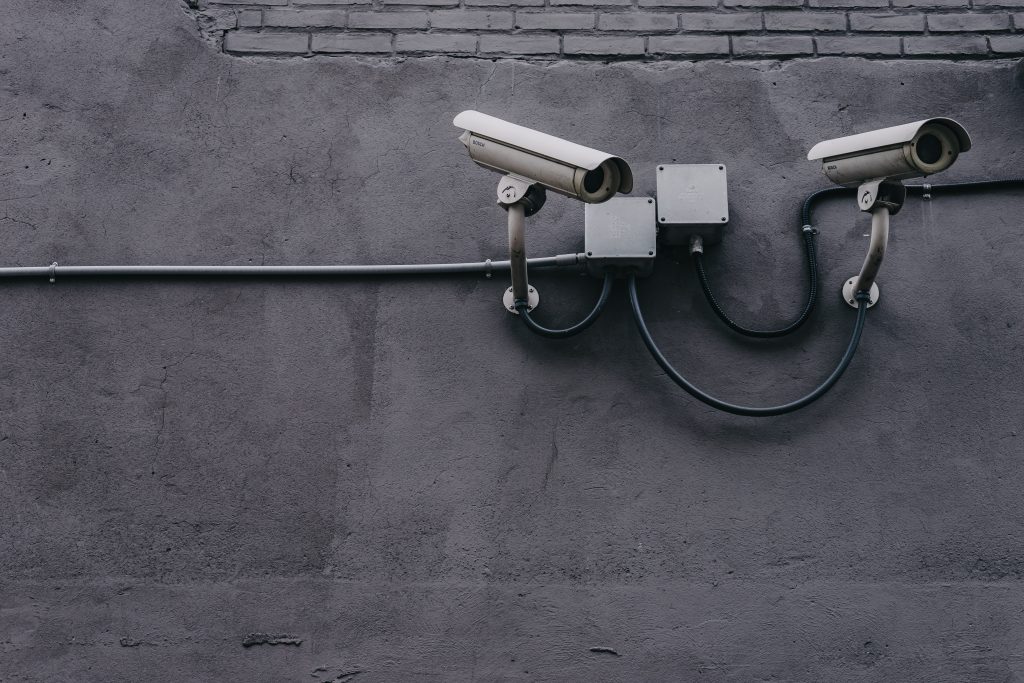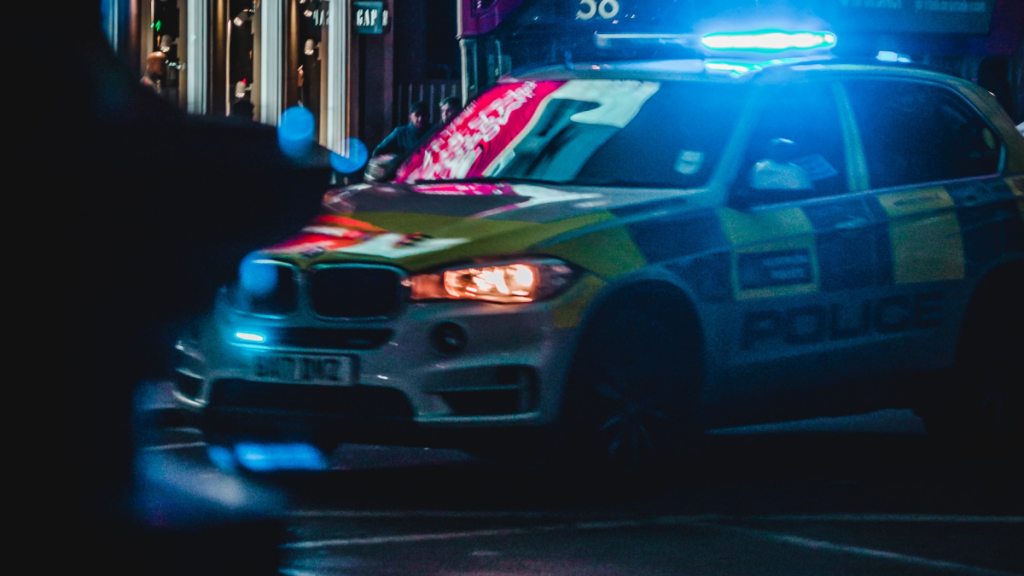Technological developments
Technology is rapidly improving, offering innovations and revolutionary projects every year. At any given moment, scientists, engineers, and some very sharp minds are out there creating the next piece of future technology that will change our lives.
Closed-circuit television (CCTV)

One piece of technology used by the wider population is CCTV. In fact, according to IFSEC Global, there were approximately 5.2 million CCTV cameras in operation in the UK in 2020. This is the equivalent of one camera for every 13 people. But when did we start using CCTV? Find out more below!
Early Development
1927 – Russian physicist Leon Theremin (inventor of the Theremin Musical Instrument) developed an early mechanical CCTV system. The system used a scanning-transmitting camera and wireless shortwave transmitter and receiver with a resolution of a hundred lines. The first system was installed in the courtyard of the Moscow Kremlin to monitor approaching visitors
1949 – The first commercial CCTV System became available under the name of Vericon. This system was advertised as not requiring a government permit.
Modern Applications
The 1960s – CCTV was first used in the UK. Metropolitan Police use two temporary cameras in Trafalgar Square to monitor “Guy Fawkes Day” activity. Cities started to use more and more video surveillance systems in streets and retail outlets to manage crowds and catch criminals.
The 1970s - Video surveillance systems are used to monitor traffic in and around London, including the London underground. In 1975 the use of surveillance systems at soccer matches begins.
The 1980s - Use of video surveillance systems at parking garages and council estates owned by local authorities begins. Some of the first remote CCTV systems such as the Robot Slow Scan 500 would allow the transmission to an alarm receiving centre using a standard PSTN telephone line.
The 1990s – The use of speed cameras and red-light enforcement cameras on the national road network begins. The UK spent more than three-quarters of its crime prevention spending budget on CCTV. All of England’s major cities except Leeds had video surveillance systems in their city centres. Extensive usage of ISDN Digital Lines for the transmission of high-quality video to alarm receiving centres.
The 2000s and beyond - Facial detection technology developed quickly in the 2000s, and a forensic database became available to law enforcement in 2009. Camera resolution also improves dramatically. The rapid expansion of the internet now allows for HD Quality video and higher to be transmitted to a plethora of locations and devices. Mobile devices are increasingly used for the monitoring of CCTV systems by the user whilst Remote Video Response Centres are now able to pass confirmed video events through to the emergency services for a grade one response.








